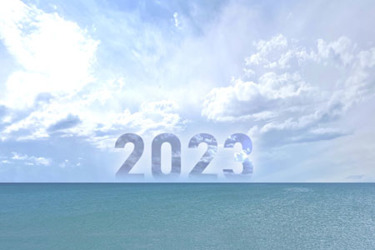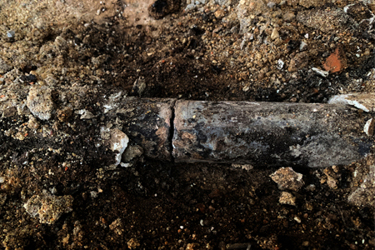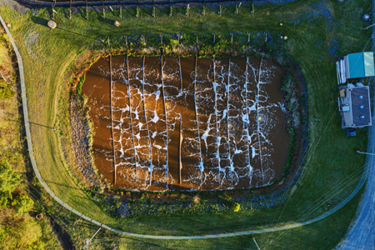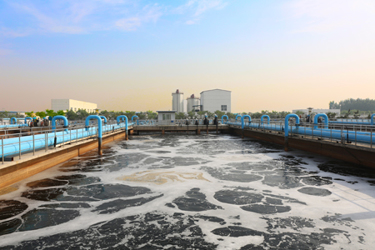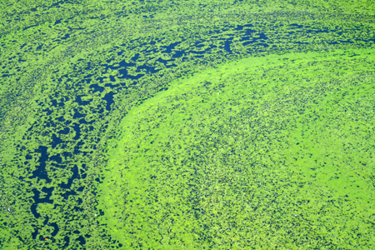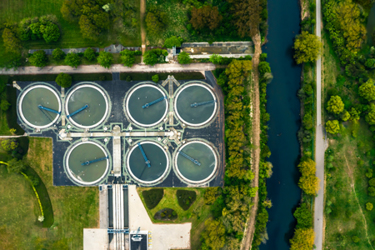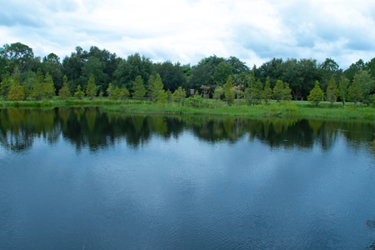| Editorial From The Latest Water Innovations: |
![]() |
| Water Innovations: Positive Energy For 2023 |
| By Kevin Westerling |
| The past few years have been especially difficult for everyone, water and wastewater professionals included, with no shortage of turmoil and obstacles. There is some momentum for positive change, however, with innovative solutions at the heart of recovery, advancement, and ultimate prosperity. |
![]() |
| A 2023 Road Map To Replacing The Nation’s Toxic Lead Pipes |
| By Maureen Cunningham |
| One of the great water-management and societal challenges of our time is to get the lead out of our nation’s drinking water — a daunting but achievable task, if approached correctly. |
![]() |
| Customer Engagement And Water Infrastructure Projects: How To Achieve Success |
| By Rebecca Zito |
| Communication between a utility and its customers has historically been sparse and negative — complaints on one side, bills and notices on the other — but healthy communication is now encouraged as a key aspect of successful infrastructure development. |
![]() |
| Water Systems Get Smart With Digitalization |
| By Dominique Verhulst |
| Utilities can more confidently commit to digital transformation once the benefits, as well as the elements critical to its success, are understood. |
![]() |
| Leachate – A Key To Unlocking The Chain Of Recirculating PFAS Forever? |
| By Fabrizio Sabba, Christian Kassar, Patrick McNamara, and Gary Hunter |
| PFAS contamination is ubiquitous in the water cycle, but landfill wastewater leachate poses an opportunity to treat concentrated streams and break up the continuous movement through the water cycle. |
![]() |
| Doing More With Less: Densified Activated Sludge (DAS) Systems For Water Resource Recovery Facilities |
| Jointly authored by members of Hazen and Sawyer (Gaya Ram Mohan, Wendell Khunjar, Ron Latimer, Yewei Sun, Alonso Griborio, Alyssa Mayer, Will Martin, Ben Levin, Joe Rohrbacher), Portland Water District (Scott Firmin), Gwinnett County Department of Water Resources (David Jones), and Metro Water Recovery (Rudy Maltos, Blair Wisdom, Dan Freedman, Liam Cavanaugh) |
| As wastewater treatment plants — or water resource recovery facilities (WRRFs), more preferably termed — continue to strive for efficiency, DAS has emerged as a space-saving intensification solution. |
![]() |
| Additional Technology To Help Thwart Cyberattacks |
| By Cody P. Bann |
| The future is connected, but it must also be secure — especially when it comes to public water. |
![]() |
| Regulating Farm Pollution To Reduce Harmful Algal Blooms |
| By Emily Newton |
| As nutrient pollution increases the incidence and severity of harmful algal blooms, it is obvious and important to point mitigation practices toward a prime culprit — the agriculture industry. |
![]() |
| Benchmarking As A Tool To Optimize Operations And Lower GHG Emissions |
| By Mette Madsen |
| The US Water Alliance is getting lessons from Denmark, where benchmarking has proven to be a useful tool in becoming one of the world’s most efficient water sectors, to help optimize processes and meet climate goals. |
![]() |
| Adopting A 'One Water' Approach In Florida Through Integrated Master Planning |
| By Mike Britt, Jon Dinges, and Jo Ann Jackson |
| A One Water master plan under development for the city of Winter Haven, Florida, serves as an example to other communities looking at the future through a One Water lens. |
![]() |
| Industry 5.0: What It Means For Industry And Water Management |
| By Bernie Anger |
| While Industry 4.0 is still very relevant for digital transformation, Industry 5.0 has loftier ambitions — to transform the whole of business and society, sustainably. |


